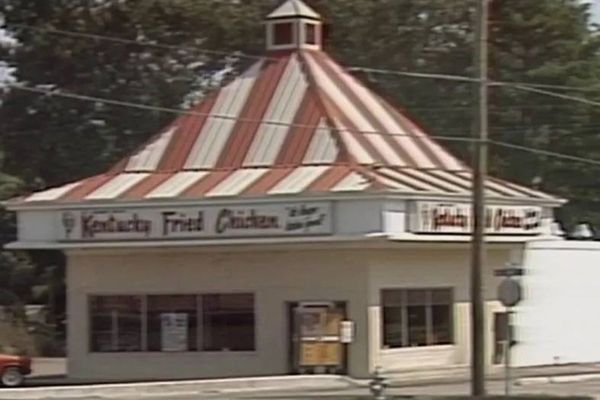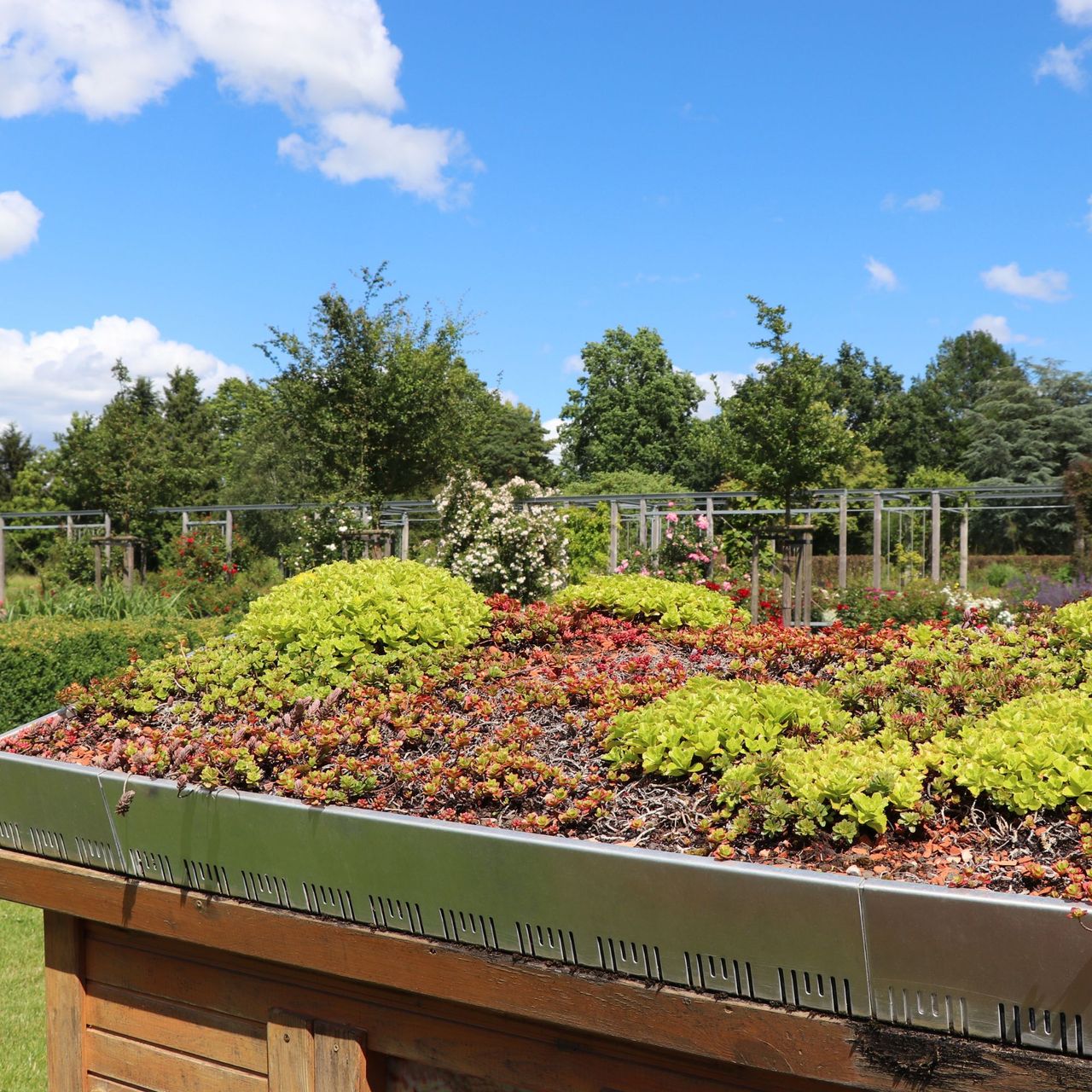
If you want to boost your home's eco credentials and increase the biodiversity of your garden, then a green roof could be a good choice.
Whether you are planning on a replacing your roof, or looking for solutions to top off an extension, green roofs offer a set of appealing advantages. But they also have drawbacks and complexities that should be carefully considered before you get your heart set on one.
To help, I spoke to green roof experts to find out what all homeowners should know before opting for a roof like this.
What actually is a green roof?

Also known as a living or sedum roof, a green roof is a roofing system that is partially or completely covered with plants.
Not only can this offer improved insulation to help regulate the temperature in the space below, but it can also help with sound control too. They layered construction of a green roof system can absorb, reflect or deflect sound waves, contributing to a tranquil space below.
In addition, green roofs can also encourage biodiversity and provide a suitable habitat for wildlife, especially in urban areas.
What kind of green roofs can you get?
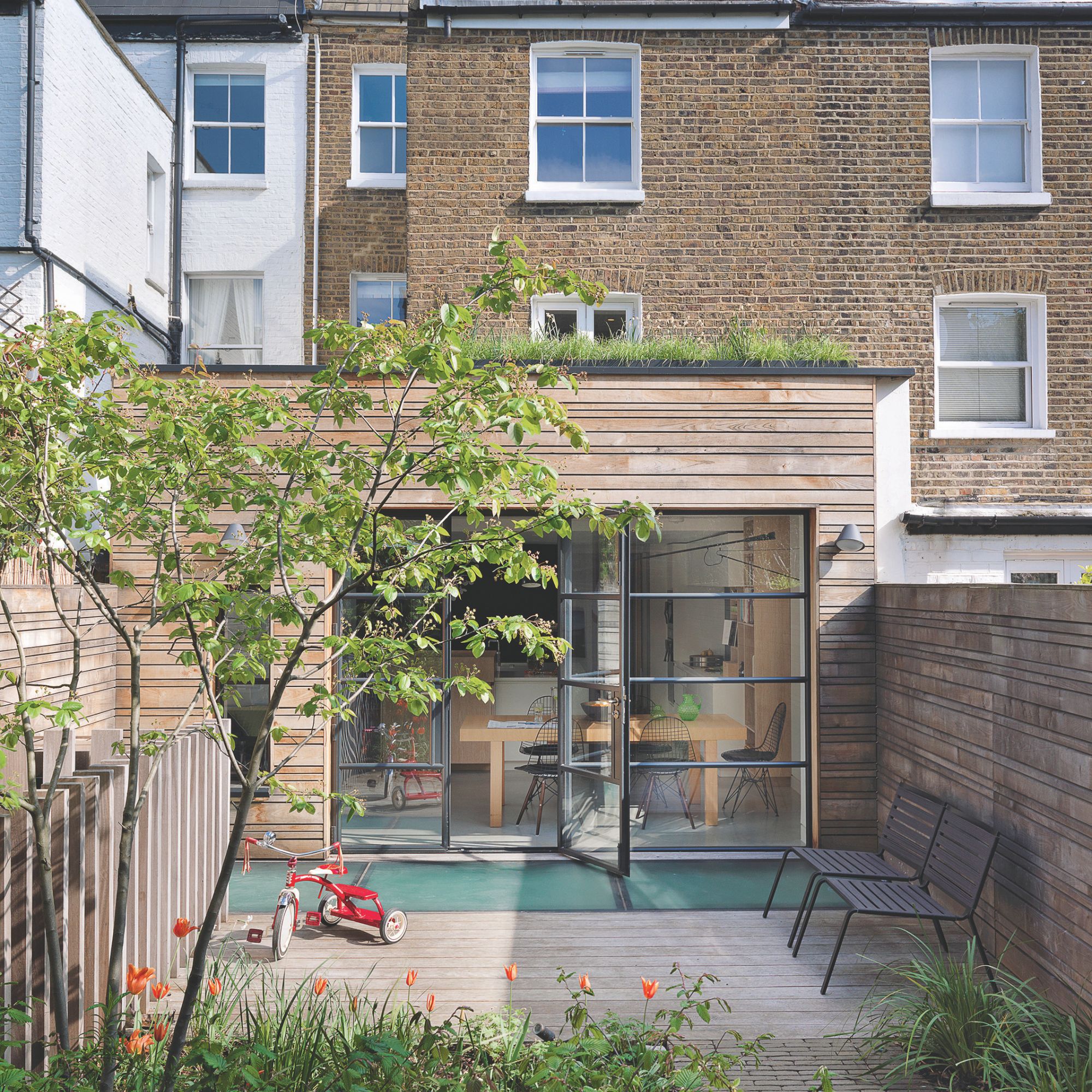
Your choice will determine the type and mix of plants you choose, and what kind of drainage system will be required. There are three main types to choose from.
- Extensive green roof: generally a shallow layer of stress-tolerant grasses, mosses and sedum; these lightweight solutions require little maintenance and are nearly self-sufficient. Sedum is a popular choice for an extensive green roof.
- Semi-extensive green roof: slightly deeper and therefore heavier, but similar to extensive green roofs; these require a little more maintenance, but you can usually have more of a choice as to what you can plant.
- Intensive green roof: a thick and heavy layer of soil with a variety of grasses, herbs, flowers and shrubs; these require a lot of care and their weight makes them an unlikely choice for homes.
- Brown roof: a super eco-friendly option that uses a thin layer of recycled or biodegradable materials. Unlike green roofs that are intentionally planted, a brown roof is left to self vegetate over time via local wildlife or the wind.
How are green roofs installed?
Green roofs tend to be installed on flat or low pitched roofs (although it is possible to install them on a higher pitch) and each system is made up of multiple layers, including:
- waterproofing membrane
- root barrier
- moisture retention fleece
- drainage membrane
- filter layer
- Guttering and a downpipe or rain chain will help excess water drain away safely.
Gregg Setherton, Certified Surveyor in Sturctural Waterproofing and Technical Manager at Permagard adds, 'The green roof drainage layer is usually a HDPE membrane. These can feature cavities or cups that collect water. Water is retained in these little reservoirs until it is required when it is drawn back up by the vegetation.'
'Any excess water such as from heavy rain, passes through perforations in the HDPE membrane. The water then travels through to a drainage space below where it can be safely evacuated via the drainage outlet.'
'This prevents too much water accumulating and potentially damaging the roots and causing harm to your green roof.'
On top of these layers, you'll need to use a lightweight substrate rather than regular garden soil (which will be too heavy) before you can plant your chosen vegetation.
How much does a green roof cost?
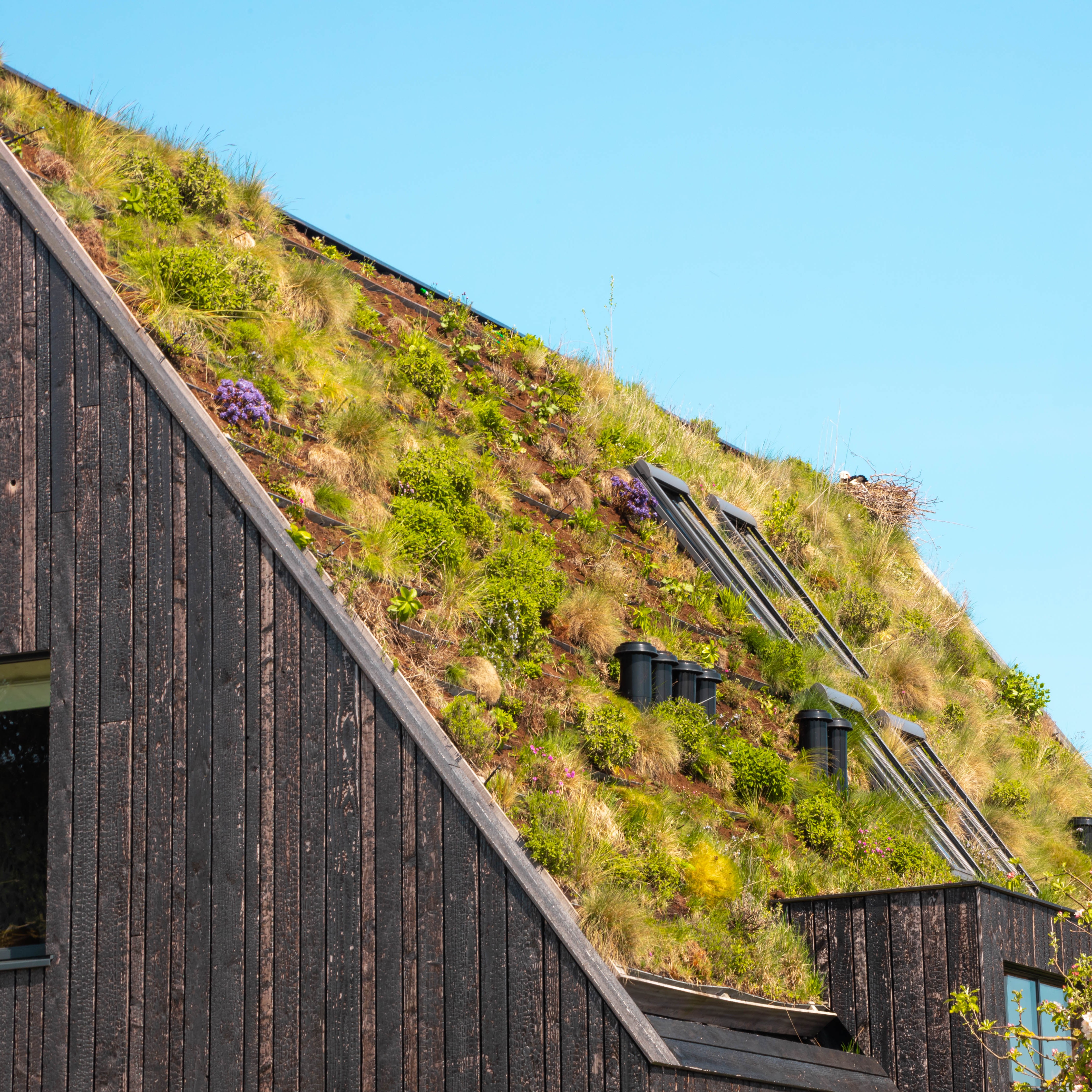
'Green roof costs can vary dramatically based on the type, size and construction method. As an approximate guide, you can have a fully functioning 20m2 extensive wildflower green roof for a total cost of between £600 - £1400,' says Gregg Setherton.
However, the cost of the green roof installation will depend on the contractor and the scope of the project. It's worth getting a few different quotes to compare prices before deciding on one. And do ask lots of questions around the design and how long it will take.
What kind of maintenance do green roofs need?
The maintenance needed for a green roof will depend on the type of system you have installed. Always check with your installer what kind of maintenance is required for your specific green roof, what you should be looking out for, and whether you can do it yourself or you need to call on a professional.
Even with low maintenance green roofs, regular visual inspections can help you identify any potential issues, such as excess debris, dead plants, or drainage issues, so you can get the resolved before they cause expensive damage.
By ensuring regular maintenance, you can also ensure you green roof lasts for as long as possible and performs its best.
Are green roofs a good idea?
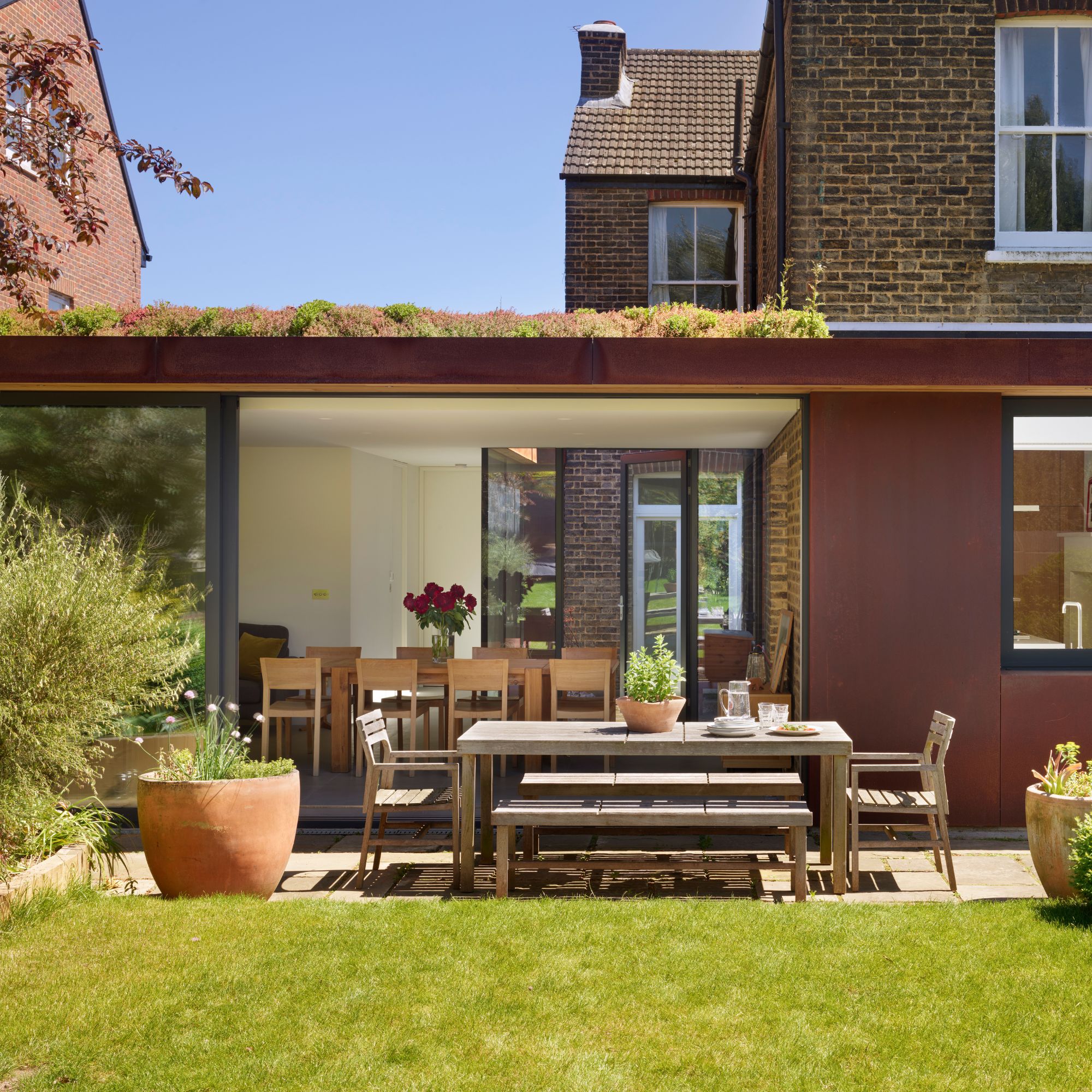
Before you choose a green roof, you need to ensure you understand their pros and cons.
Advantages of a green roof
- Increases biodiversity. A green roof can provide a natural habitat for local wildlife, replacing the ecology that the property stands on.
- Offers additional insulation. Green roofs can also add a layer of insulation to your home, giving you extra warmth in the winter months. They provide sound insulation too, due to the combination of trapped air within the soil and plants absorbing the frequencies.
- Can help improve the lifespan of the roof. Tom Mckinna, designer at Resi says, 'Living roofs have shown to almost triple the life expectancy of the roofing below. This is thanks to the underlying structure being protected from mechanical damage, ultraviolet radiation, and extreme temperatures. You’ll also find those extra layers can help reduce noise pollution, as well as provide a higher level of fire resistance!'
- Maintenance can be minimal. This depends on the type of green roof you choose, but usually those suitable for domestic installations are low maintenance.
- Absorbs CO2 and heat from the sun. 'The added greenery helps remove dangerous CO2 from the atmosphere. It’s been estimated that a 1m2 green roof can take up to 5kg of emissions each year, which is the same amount as a regular car will emit during an 80km drive,' explains Tom Mckinna.
- They look great. Lee Evans, Founder of Organic Roofs promotes the aesthetic benefits of a green roof. 'Nothing expresses your principles quite like a green roof. Instead of an expanse of mineral felt, the view is one of native wildflowers, grasses and sedum and the bees, butterflies and birds that will make it home. Designing-in a green roof will transform the feel of your home and garden.'
- They don't need to be installed to the whole roof. They can also be installed on sheds, outbuildings or even bird boxes.
Disadvantages of a green roof
- More expensive to install than a traditional roof.
- Structural reinforcement may be needed to support the weight of a green roof, which can cause the higher installation costs.
- Needs more maintenance than a traditional roof. Even if the maintenance is relatively low, your green roof will likely require more involvement to keep it looking and performing its best.
How long will a green roof last?
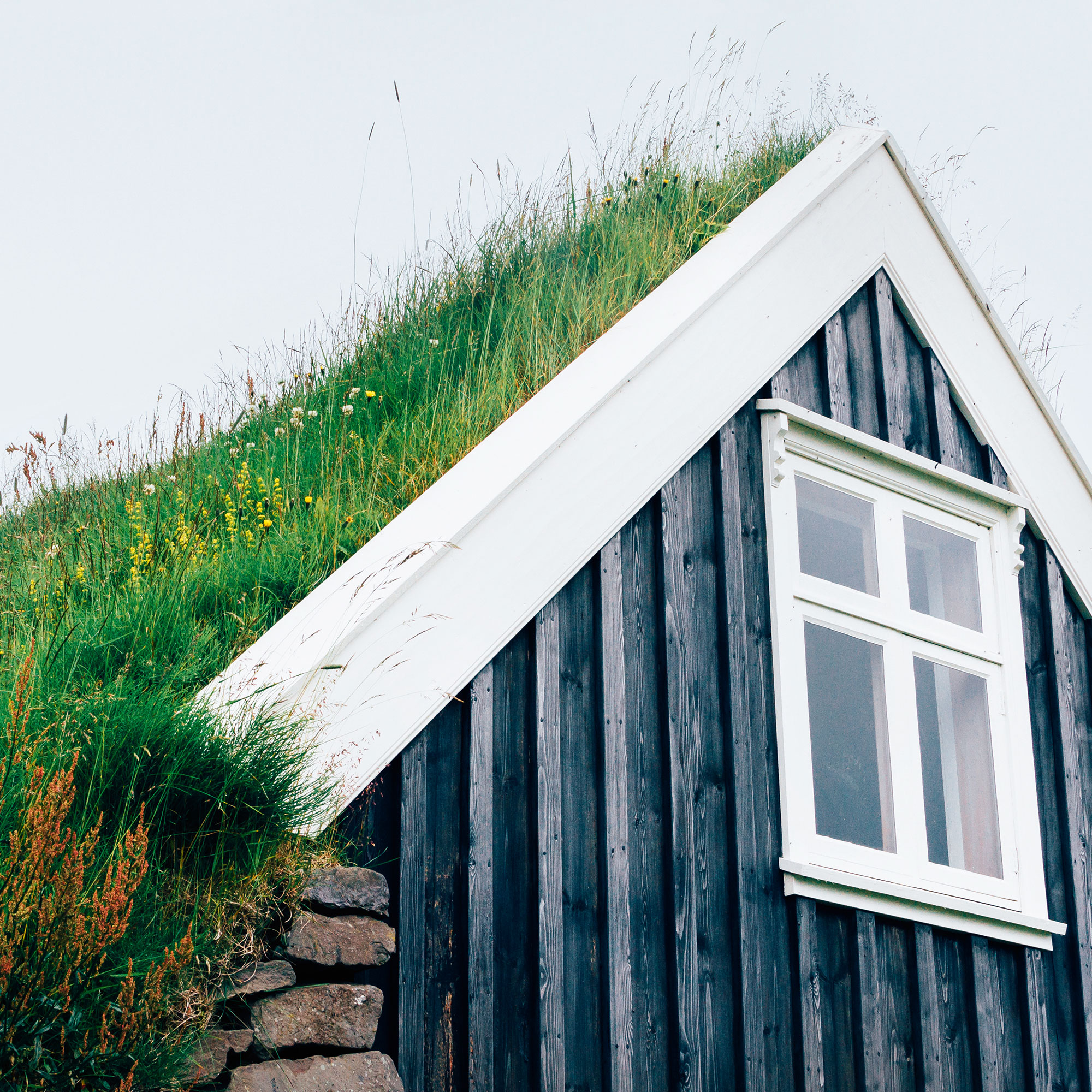
If installed correctly and properly maintained, a green roof can last between 40 and 50 years. This is usually attributed to the layers of a green roof system that protect the underlying structure from degrading factors, such as extreme weather conditions and UV exposure.
Is a green roof suitable for my home?
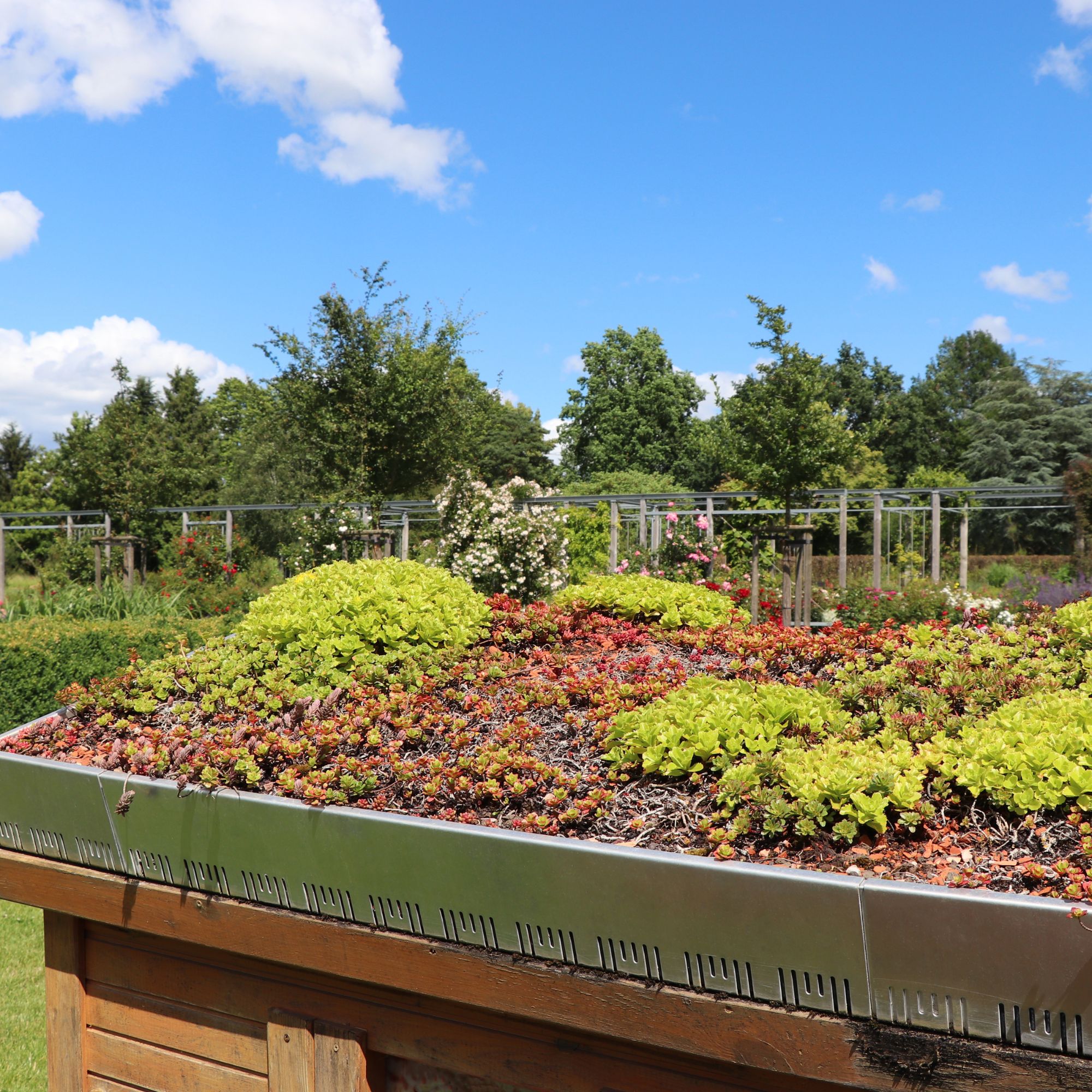
Before you plan your green roof, make sure you talk to a specialist. As many roof structures haven’t been designed to bear a heavy load, it’s important to ask a structural engineer to design your green roof so load capacity is taken into consideration.
Charles Rothnie, Chartered Engineer at Perega explains: 'It's not as simple as swapping one roof for another. Green roofs are considerably heavier, ranging from 70-310kg/m², compared to a mere 10kg/m² for a standard flat roof.
'This increased weight necessitates a thorough structural engineer's inspection for existing buildings to ensure the roof, walls, and foundations can handle the load.
'New builds will also require stronger, more expensive structures, which can mean a higher upfront carbon footprint.'
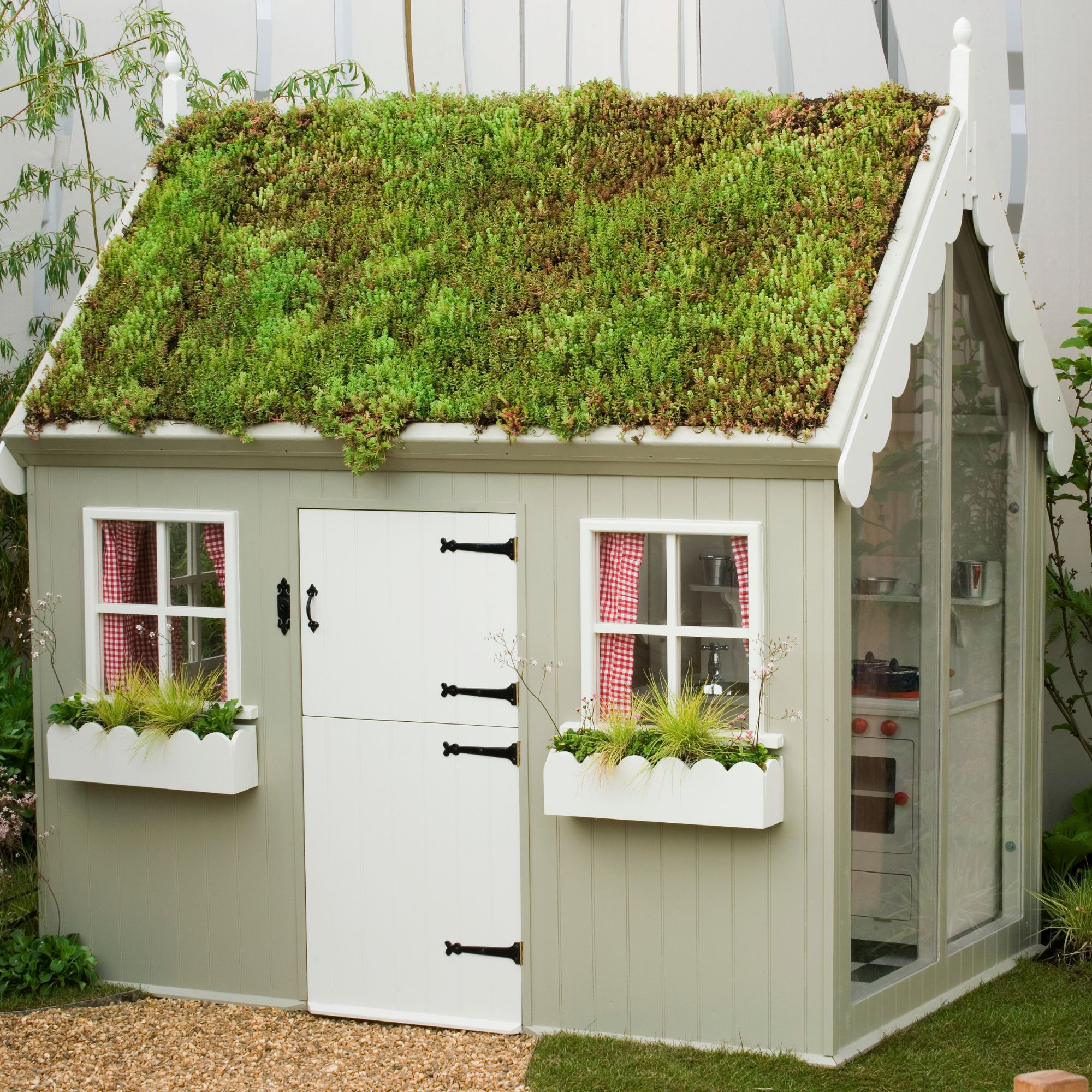
Which plants work well on a green roof?
Choosing the right plants for your green roof can be tricky, but usually because there are so many options available to you.
Gregg Setherton says, 'You can plant a variety of plants on a green roof. Grasses, mosses and sedum are common for extensive green roofs. Certain types of wildflowers are a nice option for attracting wildlife.'
'Sedum green roofs are one the most popular options because this alpine plant can tolerate our varying weather conditions. You can also easily and cheaply pick up pre-grown sedum mats ready to install - providing low growing, instant greenery to whatever sized roof. You can also get other suitable pre-grown mats suitable for green roofs.'
If you have specific goals for your green roof, such as adopting a wildlife garden idea and providing a safe haven for bees, then planting flowering species is a good idea. Choosing plants native to the local area are also a sound choice.
The Royal Horticultural Society (RHS) has detailed more specific information on suitable plants for green roofs:
- Suitable plants for extensive green roofs: mat-forming species of Sedum, Sempervivum and moss. Ferns such as Polypodium vulgare and Asplenium trichomanes are suitable for dry shady conditions.
Lee Evans, founder of Organic Roofs adds, 'Succulents which grow in around 60mm of substrate (growing medium). Usually supplied in pre-grown rolls but also available in plugs, cuttings. Sedum roofs are good nectar sources during their flowering season but this tends to be quite short. Can be augmented with wildflowers.'

-
Suitable plants for semi-extensive green roofs: dry habitat perennials and ornamental grasses such as:
- Rudbeckia
- Achillea
- Potentilla
- Armeria
- Dianthus
- Helictotrichon sempervirens
- Stipa tenuissima
'Native UK wildflowers often make great green roof plants and are particularly good for providing food sources for invertebrates for longer periods of the year,' explains Lee.
'Flowering from March till November, these roofs require deeper substrate, which is undulated to encourage diversity. Usually tolerant of shade and longer dry periods, these plants will brown off in extended drought conditions but will revive again when the rains return.'
- Suitable plants for intensive green roofs: The RHS recommends drought tolerant plants that are both sun and wind tolerant.
FAQs
Can I install my own green roof?
It is possible to install a green roof yourself, but it's advisable to work with a professional to ensure it is done correctly. If you don't get the system's layers right, or you don't adequately calculate the structural load, then you could cause costly damage to the existing structure.
Even if you are installing a green roof on a flat surface, you are still working at height. So, if you do plan on doing it yourself, you'll need to make sure you can do so safely.
Do you need planning permission for a green roof?
In many cases you can install a green roof on your home or outbuildings without needing to apply for planning permission, but rules can differ depending on where you live and what your plans are so it's always best to check with your local planning authority before you start any work (or part with any cash).
To up the ante even further, adopting one of these small garden pond ideas could encourage even more wildlife into your outdoor space.
